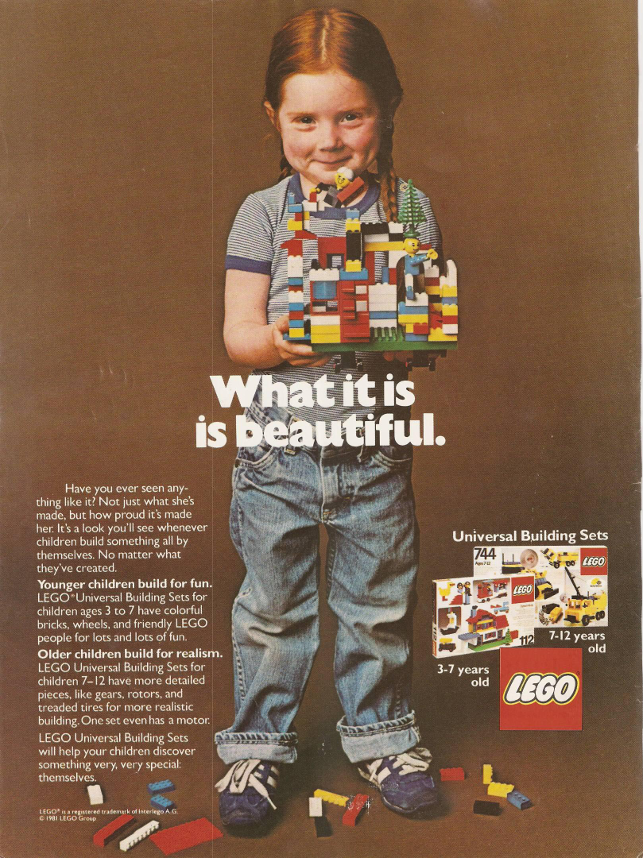Female engineers only make up 9 per cent of the UK engineering and technology workforce. Tanya Weaver thinks that is pretty shocking and looks into the reasons why and what we can do about it
It’s funny how things work out sometimes. I was recently a victim of a cancelled flight. I’d woken up at 3:30am to catch a 6:50am flight home from Düsseldorf airport.
Bleary eyed, I was sat at the departure gate wondering why we weren’t being called to board when a crackly voice came over the tannoy. I stood up with relief only to notice that my fellow passengers who’d heard the message first in German were storming out in the opposite direction.
Confused at first, I followed the English version of the message that requested passengers make their way to the airline’s ticket desk. There I was met with a queue that was snaking its way around the airport hall in a frankly ridiculous fashion. An airline strike had caused mayhem and flights had to be rearranged.
I joined the end of the queue and after a while I struck up a conversation with the lady in front of me. As luck would have it, she was a female engineer having been on a training course at her company’s German headquarters.
We chatted for ages (literally — I was in that queue for three hours) about her experience of being an engineer in a predominantly male field.
Of course, we all know we need more female engineers. Not just because the UK needs more engineers in the workforce in general and naturally having more females would swell the volume, but because females need to see engineering as an aspirational career choice that’s diverse, exciting and rewarding.
I recently came across a new social media campaign with the hashtag #9PercentIsNotEnough. It was launched by the Women’s Network at the Institution of Engineering and Technology (IET) in the run up to the annual Young Woman Engineer of the Year Awards held in December.
The campaign is requesting that female engineers from all fields of engineering take a photo of themselves with 9% written on their palms, hashtag it and share it on Twitter and Facebook. The aim is to highlight that engineering is a realistic career aspiration for girls because having females make up only 9% of the engineering and technology workforce in the UK (source: 2016 IET Skills Survey) is, quite simply, shocking.
But the question is, why don’t girls see engineering as something they want to be when they grow up? One of the problems in our society is that engineering is deemed quite lowly (in comparison to Germany, for example) and it’s certainly not seen as a job for girls. Gender stereotyping starts from birth, essentially with pink clothes for girls and blue for boys.
When you get on to the toys, it just gets worse. Boys get tool kits, train tracks and cars marketed at them while girls get doll houses, pink ponies and tea sets.

Proud as punch — Lego advert from 1981 when the brand was gender neutral
Which brings me onto this Lego advert from 1981. Lego is gender neutral (or at least it was — I’ll get onto that in a minute) with its brightly coloured bricks that a young kid can use to build wherever their imagination takes them. It provides hours of fun. Look at this girl’s gorgeous beaming face. You can see the pride just oozing out of her as she holds up the creation she’s built.
The words at the bottom of the ad state, ‘Lego Universal Building Sets will help your children discover something very, very special themselves’. Children meaning both girls and boys — Lego was never thought of as a boy’s toy but in recent years it has even received the ‘pink treatment’ with the launch of Lego friends in 2011, a range specifically aimed at girls.
Of course, many young girls have a passion for pink and all they aspire to be when they are older is a princess. But they’ll grow out of that when they get to school and it’s at this early stage that they need to be shown and exposed to what engineering is so as to quash society’s perception of it being a dirty job for men who wear overalls and have a spanner in hand (yes, some people do think this).
I’ve very often come across female engineers who end up in the field because their dads are an engineer. For instance, that was the exact case with the lady I met in that queue (I will get over it eventually). Either they feel inspired by what their dads do or can see that it’s not just a job for the boys and it’s actually really interesting.
So, I think, we need to capture girls’ imaginations at a young age and sow the seed that engineering is a profession worth pursuing. Teachers obviously have a vital role to play in breaking down these barriers but there are also other ways to do this too.
A brilliant way is through role models. The STEM (Science, Technology, Engineering and Maths) Ambassadors programme do this by getting female engineers to give talks at schools or help in after school clubs.
Meeting and learning about the work a successful female engineer does can be hugely impressive to a young girl. It could be the spark that sends them off onto a brilliant career path.
Also, engineering companies can invite children to their workplace as part of a school trip so they can see first hand what being an engineer is all about.
So, get involved and let’s change that 9 per cent because it just isn’t enough.
Women make up a shockingly low number of the engineering workforce, says Tanya Weaver
Default






